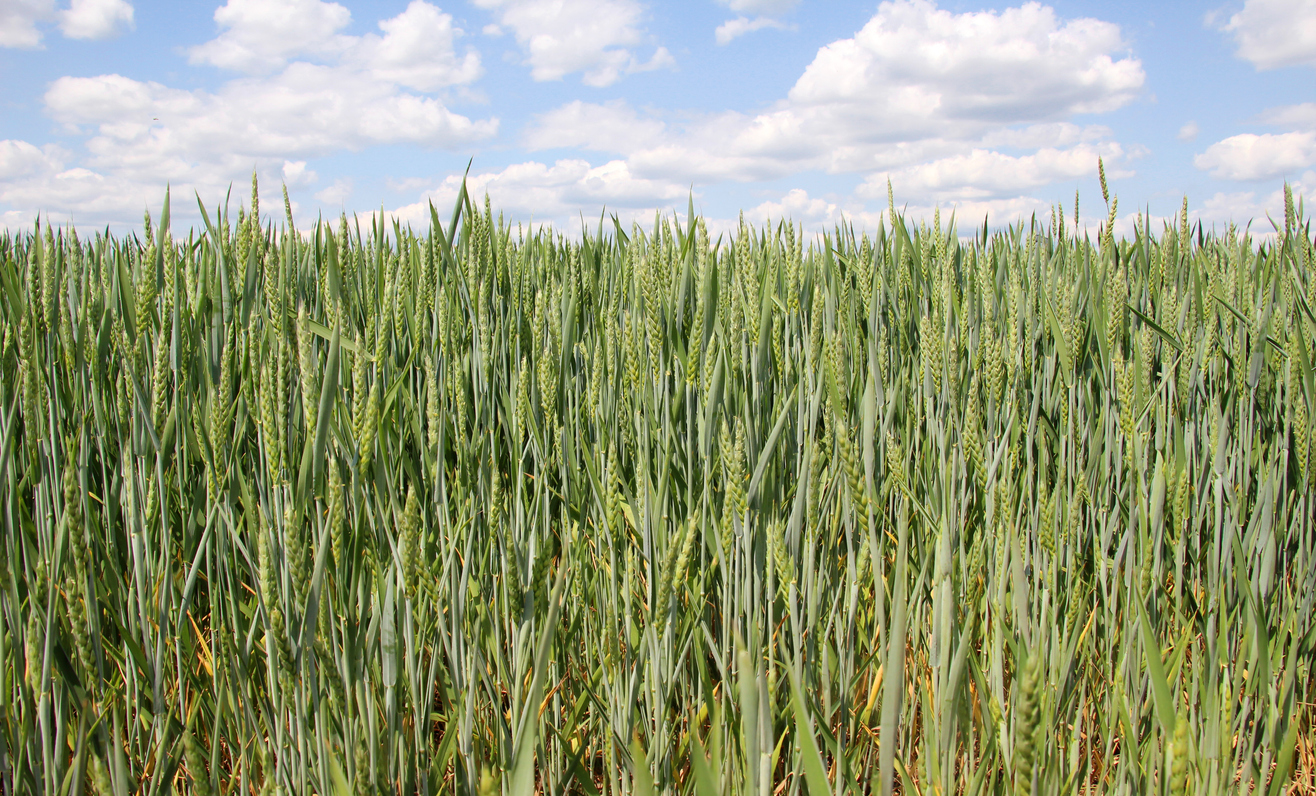High densities of winter annual weeds can pose a significant challenge for farmers, competing with fall-seeded small grains and potentially leading to decreased yields.
Broad-spectrum herbicides are essential for effective broadleaf weed control in this context, including for common chickweed, henbit, marestail, and various winter grasses. While most growers rely on Harmony Extra (or its generic equivalent), it's crucial to acknowledge its limitations and explore alternative choices or tank-mix options.
In regional trials, herbicide product fall applications have shown greater weed control consistency than spring applications. However, recognizing that Harmony Extra has its drawbacks, it is advisable to consider other options. Here are some recommended approaches for dealing with prevalent weed issues, informed by the PennState Extension, which provides a detailed table of specific herbicide recommendations and treatments.
- Common Chickweed— An annual winter weed can quickly form dense populations in fall-seeded small grain fields. Identifying characteristics include small, oval-shaped leaves and delicate white flowers. These weeds could be resistant to treatment in certain areas. Explore a diversified approach by considering cultural practices, crop rotations, and, if necessary, incorporating alternative herbicides.
- Speedwell— Speedwell species, including corn, common, and ivyleaf speedwell, present both annual and perennial varieties. These plants can be challenging to control due to variations in their life cycles. Tailor control strategies based on the specific speedwell species present. Consider a mix of cultural practices and targeted herbicide applications for effective management.
- Annual Bluegrass— Annual bluegrass is an annual winter weed that can thrive in small grain fields during late fall and early spring. It often forms dense patches, competing with crops for nutrients. Consider cultural practices, such as timely planting, and explore herbicide options if necessary. Integrated weed management strategies can help prevent the dominance of annual bluegrass.
- Roughstalk Bluegrass— Roughstalk bluegrass is unique in that it emerges in the fall and remains green throughout the winter. Its growth during this period can affect small grains. To mitigate and ensure effective management, understand the growth pattern of roughstalk bluegrass and consider fall applications of herbicides like Osprey, along with alternative control methods.
- Brome— Brome species are winter annual grasses that can significantly impact small grain crops. They typically exhibit rapid growth and can be competitive in late fall and early spring. Management: Employ a holistic approach to control, incorporating practices such as crop rotation and targeted herbicide use, and be aware that some herbicides may face resistance from the weed.
- Annual Ryegrass— Annual ryegrass is a cool-season grass weed that competes with small grains for resources. Its rapid germination and establishment make it a concern in fall-seeded fields. Implement a diversified weed management plan, including cultural practices and potential herbicide applications. Effective herbicides include Anthem Flex/Zidua, PowerFlex, and Osprey, as well as Finesse and Metricor for suppression.
Regardless of the application, proper processes are essential. Ensure the inclusion of necessary spray adjuvants, and keep in mind that herbicide activity may be reduced on cool, cloudy days. If planning to frost-seed or drill a companion crop like red clover in early spring, adhere to herbicide re-crop restrictions.
Growers don’t have to face late-season weed mitigation alone — your local John Deere dealer has all the agricultural equipment and advice you need to keep your crops healthy all season long.
